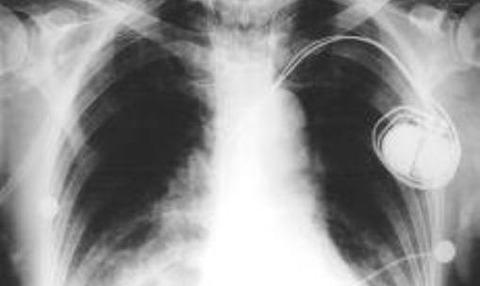
Research led by scientists at York University has shed new light on how biofilms structures help the bacteria within avoid attack from the immune system and antibiotics.
Bacteria such as Staphylococcus aureus, the ’superbug’ behind MRSA, can cause major problems for patients who have a medical implant, such as a replacement heart valve or pacemaker.
The team from York, led by Professor Jennifer Potts, found that the bacteria release long, thin protein chains to connect with other bacteria or mesh with other bacterial products.
The chains have a highly unusual repetitive structure which could not have been predicted and provides important clues to how they might work.
A similar protein is found on the surface of Staphylococcus epidermidis, another bacterium commonly found in device infections.
Dr Hélène Wilson, Research Advisor at the British Heart Foundation, which co-funded the study, said: “These clusters of bacteria on implanted devices can be a problem for heart patients because they are very difficult to treat with antibiotics. Often the only way to tackle the infection is to remove the affected device, which can be a difficult and invasive process and lead to further complications.
“This discovery is an important step towards improving our understanding of how these biofilms are structured, which could help lead to new treatments or new ways to prevent them forming.”
The research, which also involved scientists at Trinity College and the Universities of Cambridge, Huddersfield, Leeds, is published in PNAS Online Early Edition.

